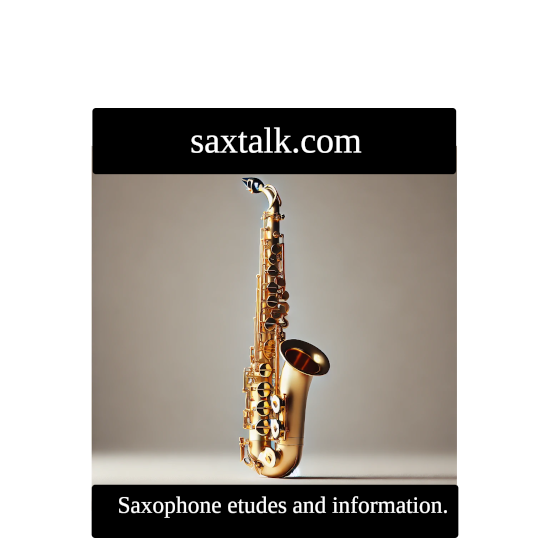Joe Henderson (Ep. 38): The Architect of Modern Tenor
Executive Summary
An influential tenor saxophonist and composer, Joe Henderson (1937-2001) was a pivotal figure in post-bop jazz, known for his robust tone and sophisticated harmonic ingenuity. Born in Lima, Ohio, his musical journey began under the influence of jazz greats like Charlie Parker and was formalized at Wayne State University alongside peers such as Yusef Lateef and Barry Harris. After serving in the U.S. Army, Henderson moved to New York in 1962 and quickly established himself during his prolific tenure with Blue Note Records.
Henderson's career was marked by distinct and successful phases. His Blue Note era in the 1960s produced classic albums like Page One and saw him contribute to seminal recordings by Horace Silver and Lee Morgan. In the subsequent Milestone era, he explored jazz-funk and electronic effects. After moving to San Francisco in 1971, where he also taught, Henderson experienced a major career resurgence in the 1990s with Verve Records. This late-career success was driven by a series of Grammy-winning tribute albums, including Lush Life and So Near, So Far, which reintroduced his masterful talent to a wider audience.
Throughout his four-decade career, Henderson's style was celebrated for its rhythmic dexterity and intellectual depth, cementing his legacy as a versatile and enduring master of the saxophone. He passed away in San Francisco at the age of 64 from emphysema.
Keywords: Joe Henderson, tenor saxophone, jazz, post-bop, hard bop, composer, bandleader, sideman, Blue Note Records, Milestone Records, Verve Records, Page One, Recorda Me, Blue Bossa, Song for My Father, The Sidewinder, Lush Life, So Near, So Far, Kenny Dorham, Horace Silver, Herbie Hancock, Lee Morgan, Charlie Parker, harmonic sophistication, rhythmic dexterity, improvisation, Grammy Award, Lima, Ohio, Detroit, San Francisco, Wayne State University, jazz-funk.
```
Joe Henderson (1937-2001)
└── Biography & Life
├── Born: Lima, Ohio (one of 14 children)
├── Moved to San Francisco (1971)
│ └── Taught at SF Conservatory of Music (1978-82)
└── Died: San Francisco, CA (age 64, from emphysema)
└── Musical Journey
├── Instruments: Tenor Saxophone, Flute
├── Early Influences
│ ├── Brother's record collection
│ └── Key Artists: Charlie Parker (greatest inspiration), Lester Young, Stan Getz
└── Education
├── Kentucky State College
└── Wayne State University
├── Teacher: Larry Teal
└── Classmates: Yusef Lateef, Barry Harris, Donald Byrd
└── Career Path
├── Early Career
│ ├── Detroit Jazz Scene (mid-1950s)
│ └── U.S. Army (1960-62)
│ └── Stationed in Paris (met Kenny Drew, Kenny Clarke)
├── Blue Note Era (1963-68)
│ ├── Debut Album: "Page One" (1963)
│ │ └── Famous Compositions: "Recorda Me", "Blue Bossa"
│ └── Key Sideman Work
│ ├── Horace Silver ("Song for My Father")
│ ├── Lee Morgan ("The Sidewinder")
│ └── Andrew Hill ("Point of Departure")
├── Milestone Era (1967-)
│ ├── Style: Explored jazz-funk, electronic effects
│ └── Collaborations: Freddie Hubbard, Blood, Sweat & Tears (briefly)
└── Verve Records Resurgence (1990s)
├── "Songbook" approach with producer Richard Seidel
└── Grammy-winning Tribute Albums
├── "Lush Life" (Billy Strayhorn)
└── "So Near, So Far" (Miles Davis)
└── Style & Legacy
├── Playing Characteristics
│ ├── Robust, powerful tone
│ ├── Harmonic sophistication
│ └── Rhythmic ingenuity
└── Influence: A pivotal and versatile figure in post-bop jazz.
```
